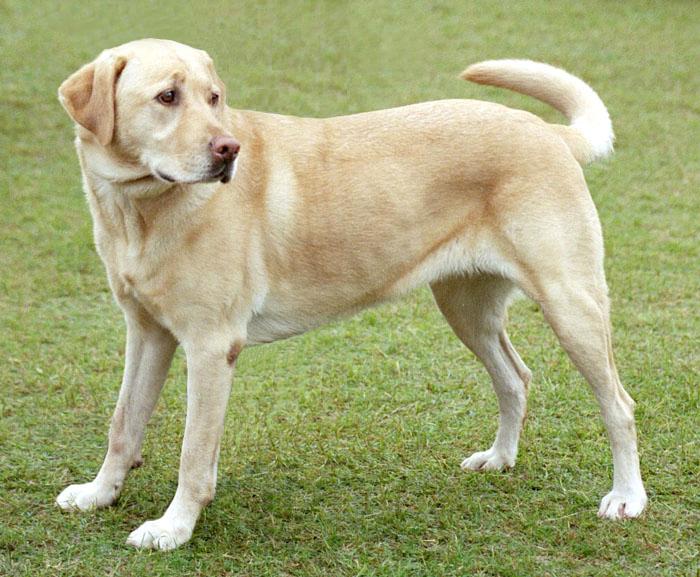Tails
Making pet parenting easy

The Woof Profiles- Labrador Terriers and Their Ailments
This entry was posted on 2014-02-28.
The Labrador is the epitome of the adage “a man’s best friend”. Swimmers, hunters, loyal and soft-tempered, these dogs make great companions. Although they are relatively resilient dogs due their classification as “working dogs” (also known as “gun dogs” for their great hunting capabilities), as with any pets- they have their own set of health risks prominent within the breed.
Labradors are sometimes known as “greedy” dogs due to having a more than healthy appetite and so they often gain weight fast if they are too inactive. Therefore one needs to keep a Lab very active, not only to meet this active dog breed satisfied in terms of exercise but also to keep it active.
As a result of this tendency to be “overweight” Labs often suffer from diabetes and arthritis. Diabetes and its effects were discussed in depth in the Yorkshire Terrier feature (click here to check back if you have not read it yet here).
Arthritis however is a new one. Adjusting your Lab’s food could be important on two levels here, not only will having a lower calorie diet reduce weight risks which contribute to arthritis (or just keep them very active if on a normal calorie pet food) but another important adjustment one could make to your Lab’s pet food would be to feed them a joint-support pet food. Starting this as early as possible may prevent future joint issues such as arthritis.
Some of the other typical health conditions that afflict Labradors are patellar luxation, canine hip dysplasia (CHD), and osteochondritis dissecans (OCD).
Although Patellar Luxation was discussed in the Yorkshire terrier feature, I will again insert it here as it is a common issue for Lab’s:
Patella luxation refers to kneecaps that shift out of place. Symptoms include: kneecaps shifting when you/ your vet handles them (Grade I); kneecaps that slip out of place whilst walking or running (Grade II); kneecaps that shift out of place regularly causing lameness (Grade III), and finally, kneecaps that slip and stay out of position (Grade IV).
Canine hip dysplasia (CHD): This is a genetic, abnormal formation of the hip joints which can add to cripplingly painful arthritis in the hips. It can be made worse by environmental factors such as overexerting your puppy at a young age (puppies should not be taken on runs or even jogs under the age of 1 year old), them being overweight and such.
Osteochondritis Dissecans (OCD) is when the normal process of transition from cartilage to bone is prevented or interrupted and this results in thicker than average amounts of cartilage, specifically in the joints. This restricts movement and results in the body permanently trying to heal the cartilage areas that are worn down due to their abnormal size. This can cause pain, lameness, swelling in the joints, and an inability to bear weight on the affected joint.
Although the large majority of these ailments are not ones you can change entirely as a result of diet, there are many cases in which having the right pet food will help. The right pet food can help with weight and diabetes (along with a healthy amount of exercise) in preventing undue stress on joints which are already prone to injury.


